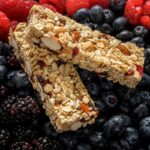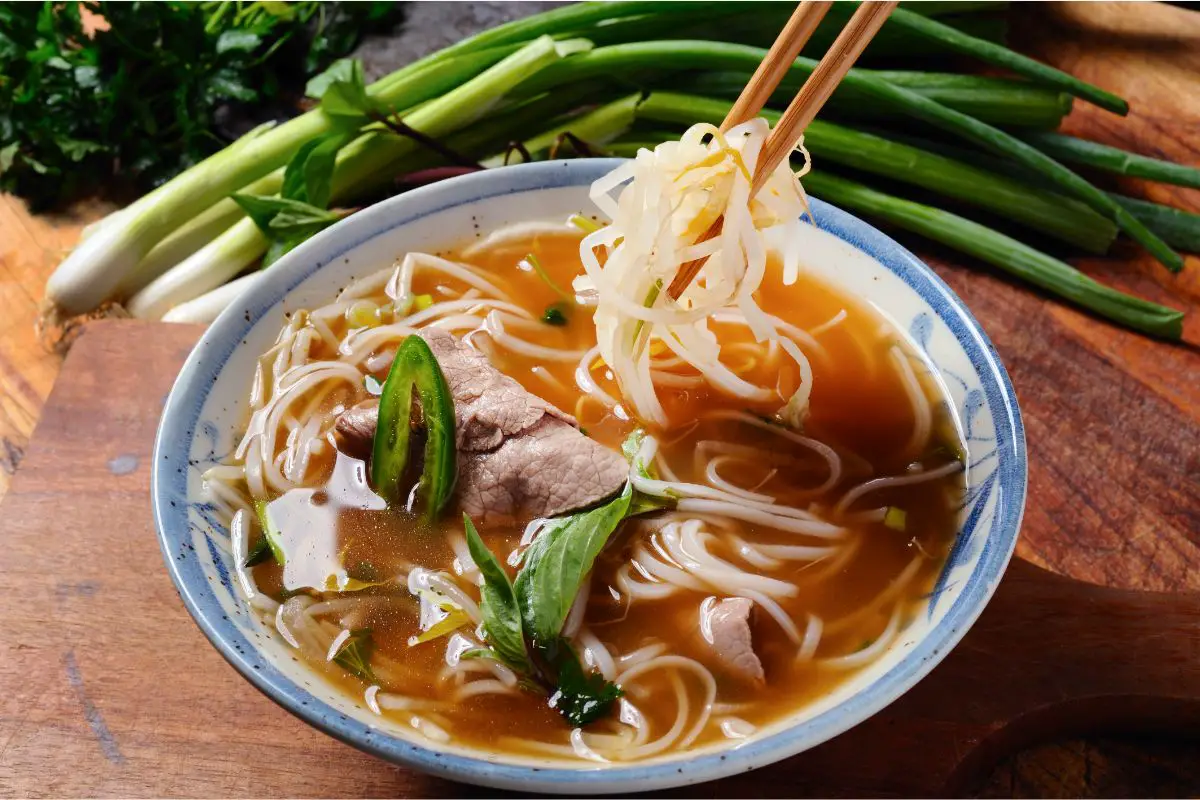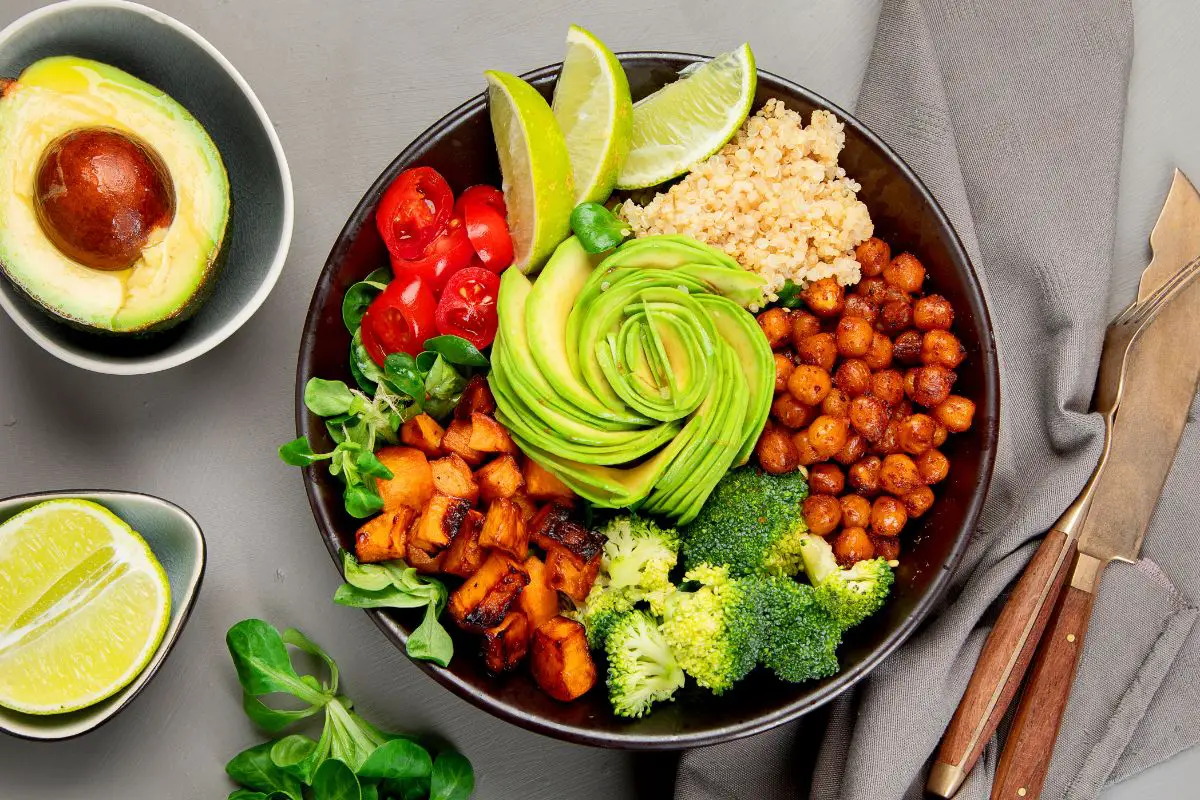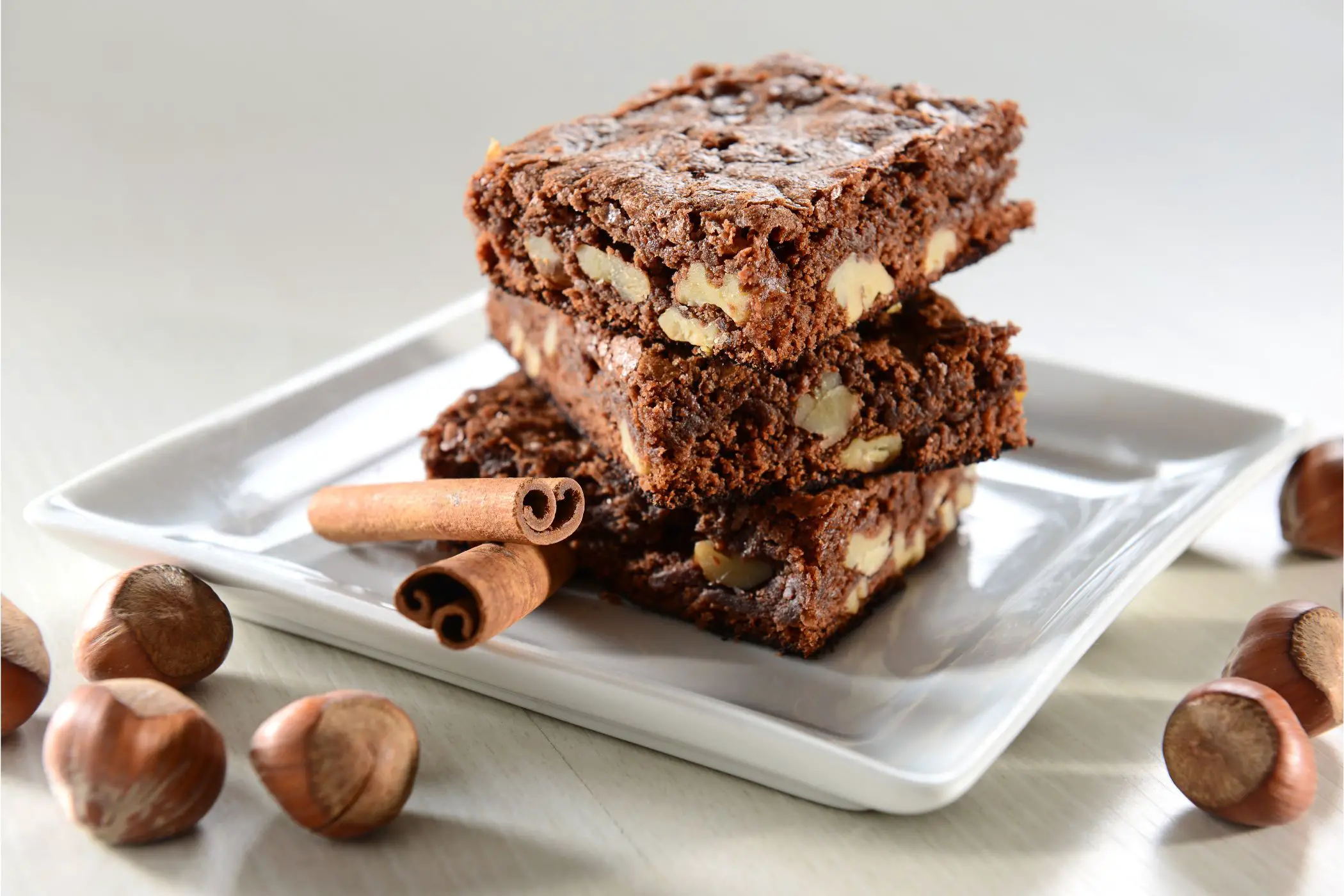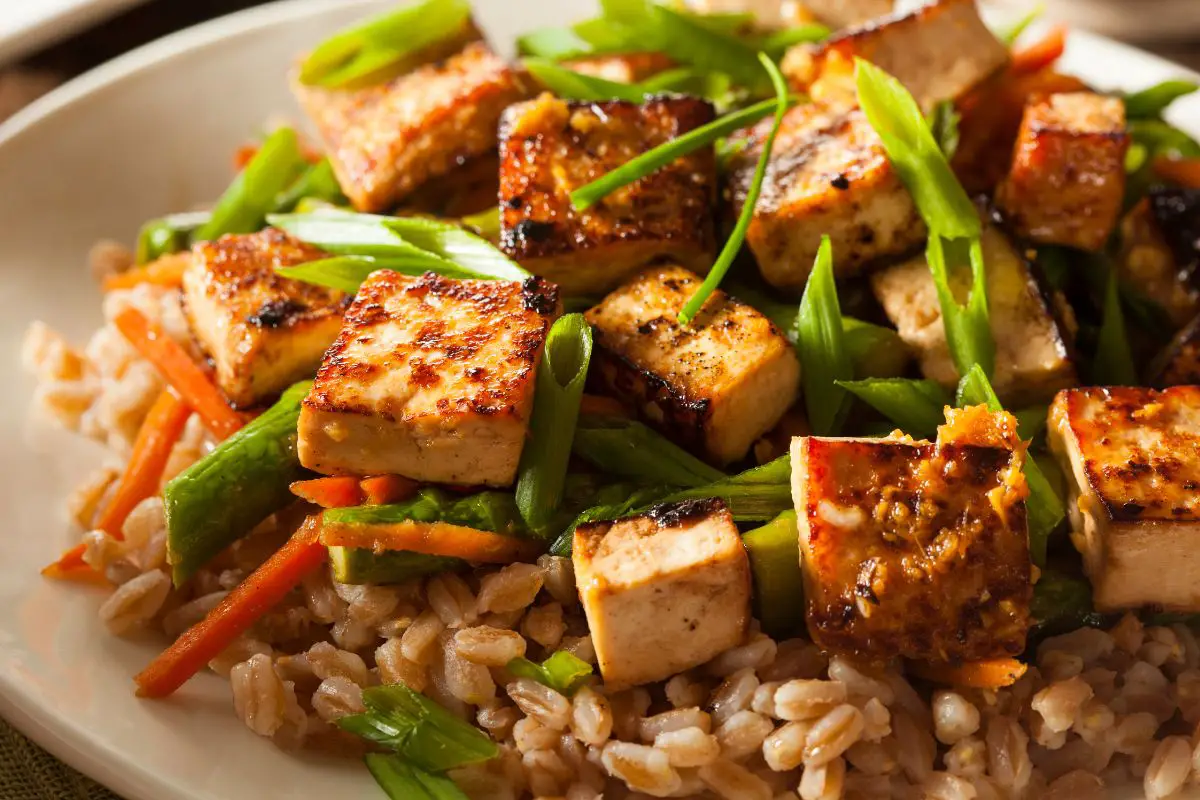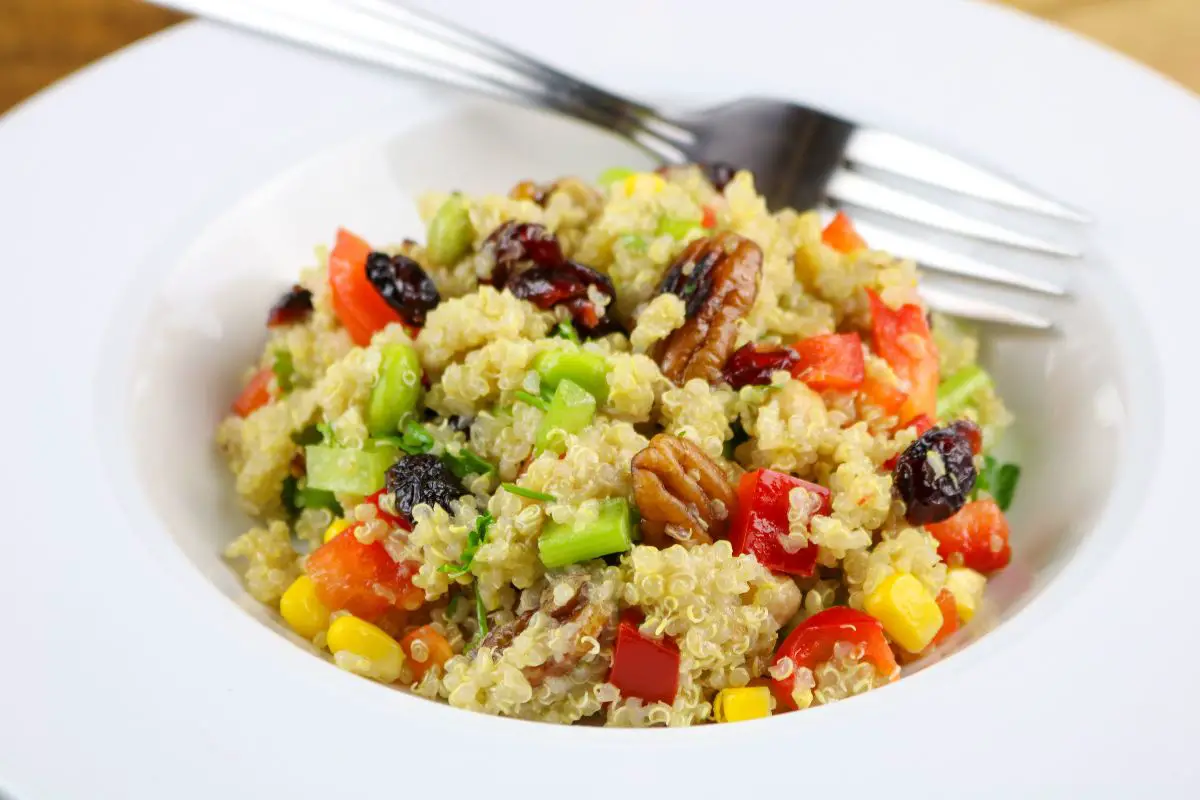Before you cut into a mango, you should check it is ripe first. The last thing that you want is to find out that your mango is not as ripe as you want which may result in food waste or a poor-tasting recipe.

There are several ways to do so and many of them are especially straightforward. That could be its appearance and smell or you can tell by feeling one.
In this guide, we will look at how you can tell if a mango is ripe and how you can quicken up its ripening (see also “Signs To Tell If Honeydew Is Ripe Or Unripe“).
How You Can Tell If A Mango Is Ripe
There are three common methods to tell if a mango is ripe or not. These include how it feels when you touch it, the smell, and its appearance.
Touch
If you are wondering if your mango is ripe then give it a gentle squeeze to test if the flesh gives a little. Just like an avocado, a soft mango should be a ripe one.
If it does not cave to gentle pressure then it is not yet ripe but do not squeeze too hard as you could bruise it so press with the palm of your hand, not the fingertips.
Take a feel of the skin too as a ripe mango should have a few wrinkles. However, the appearance of deep wrinkles may mean that the mango is actually overripe.
Finally, try to ascertain the weight of the mango as a ripe mango should feel slightly heavier than an unripe one.
You can get a better idea of the expected weight by holding a mango that you know to be unripe with one that you know is just right.
Smell
Just the smell can be a giveaway sign as to whether a mango is ripe or not. Take a sniff around the stem area and a strong, pleasantly fruity smell should indicate that the mango has fully ripened.
If the mango has a strange alcoholic or sour smell then avoid it as that odor is a sign that the mango has begun to rot after over-ripening.
Mango has a big sugar content compared to other fruits and once it starts to rot, it will ferment which explains the sour, alcohol-like smell.
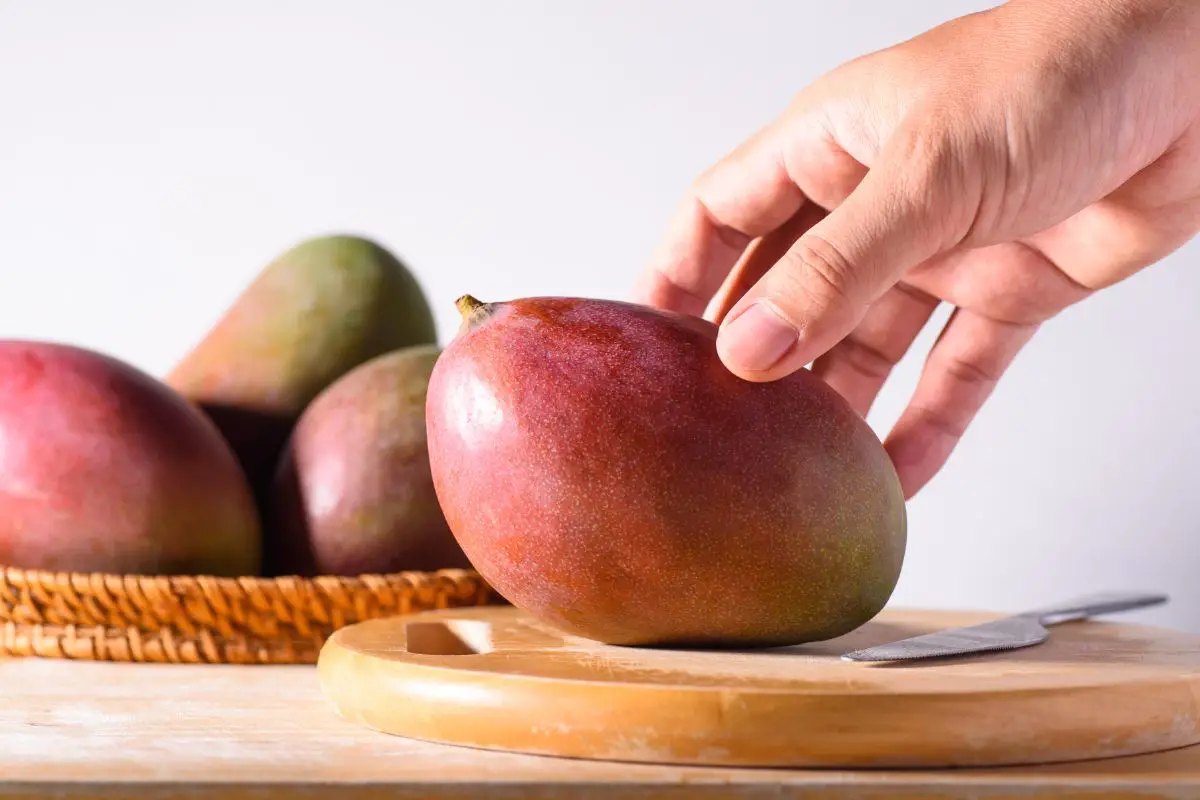
Appearance
You can also tell if a mango is ripe simply by looking at it. For a lot of mango varieties, you should be looking for a round, football shape which is certainly better than a flat one.
Various varieties of mangoes should appear a certain way so it is worth checking the specific variety first before determining whether its appearance is correct.
Mangoes that should appear oblong include varieties such as the Palmer mango and the Francis mango while the Tommy Atkins mango can be both oblong or oval.
The Edward mango can have both a round or oblong shape while the Manila mango should be skinny and slender. However, the Kesar mango should typically have a round shape.
Various mangoes should be oval-shaped including the Kent mango and the Keitt mango while the Ataulfo mango has a slightly flattened oval shape once it is ripe and the Francis mango should be oblong.
Once you have determined how the mango should look, you can check certain features to check its ripeness. First, check the stem as the skin and flesh that surrounds it should be particularly plump and round.
This is due to the juices, pulp, and sugars in the fruit developing which is part of the ripening process. As the mango ripens, it plumps out to push out the end rather than it remaining flat.
Bear in mind that the color of the mango may be misleading, if it is ripe or not. Some people believe that the red hue of a mango is an indication of how fresh it is.
That’s incorrect as the red hue is simply a sign of how much sun exposure the mango has enjoyed.
If you do want to use the color of a mango to help determine how ripe it is then, just like the shape, you need to know what variety of mango you are checking.
For instance, while the Keitt mango will stay green throughout the ripening process, a Kent mango can have various yellow dots or undertones as it ripens, just as a Kesar mango can develop into a yellow hue.
A Manila mango may turn pink or have an orange-yellow hue when it has ripened whereas the Palmer mango can appear in several colors including red, purple, yellow, or a mixture of all three.
A Haden mango should turn from green to a yellow color as it ripens, similar to a Francis mango that has green parts that fade to gold.
While an Ataulfo mango turns golden when ripe, a Tommy Atkins mango can simply stay the same shade of dark red blush or yellow-green, though it may also turn golden.
How You Can Quicken Up The Ripening Process
Once you can tell that your mango is not quite as ripe as you want it to be, there are several methods you can use to quicken up its ripening.
One of the most simple is to slip it into a brown paper bag which will trap the ethylene hormone emitted by the mango as it naturally ripens.
You can speed up the ripening process even further by placing a banana or an apple in the same brown paper bag as both produce large amounts of ethylene.
If you do not have a brown paper bag then you can sit the mango out at room temperature and simply wait a few days. Check it every day and it should soon ripen up, but you may have to be patient.
Refrain from storing the unripe mango in the refrigerator as the cold temperatures will limit the ripening process and it can go bad before it has had a chance to ripen properly.
However, once the mango is ripe, you can store it in the refrigerator and store it for around five days though it should be eaten as soon as possible.
Final Thoughts
You may be able to source a mango all-year-round due to varieties that are grown in Mexico as well as Haiti and Guatemala.
If you want to check that the mango is ripe then check how it feels rather than analyzing the color as that will vary depending on the variety. You only need a gentle squeeze to check whether it gives a little.
Frequently Asked Questions
What May Happen If I Eat A Mango That Is Not Yet Ripe?
While you should be patient to wait for a mango to ripe, there may be issues if you eat one that is yet to ripen. Consistently eating unripe mangoes day after day can result in throat irritation or even indigestion.
Is There A Rapid Way To Ripen Up A Mango?
If you are seriously impatient about waiting for your mango to ripen then you can microwave it. Start by poking holes in the mango with a knife to allow steam to escape.
Wrap the mango in a paper towel then microwave it for around ten seconds. Press the mango gently to check how ripe it is as it may need another ten seconds.
- How To Make A Paleo Detox Smoothie: Berry Cherry Green Edition - April 18, 2023
- How To Make Spicy Paleo Paprika And Thyme Veggie Fries - April 18, 2023
- 15 Mouthwatering Keto Apple Recipes You Need To Try Today - April 18, 2023

